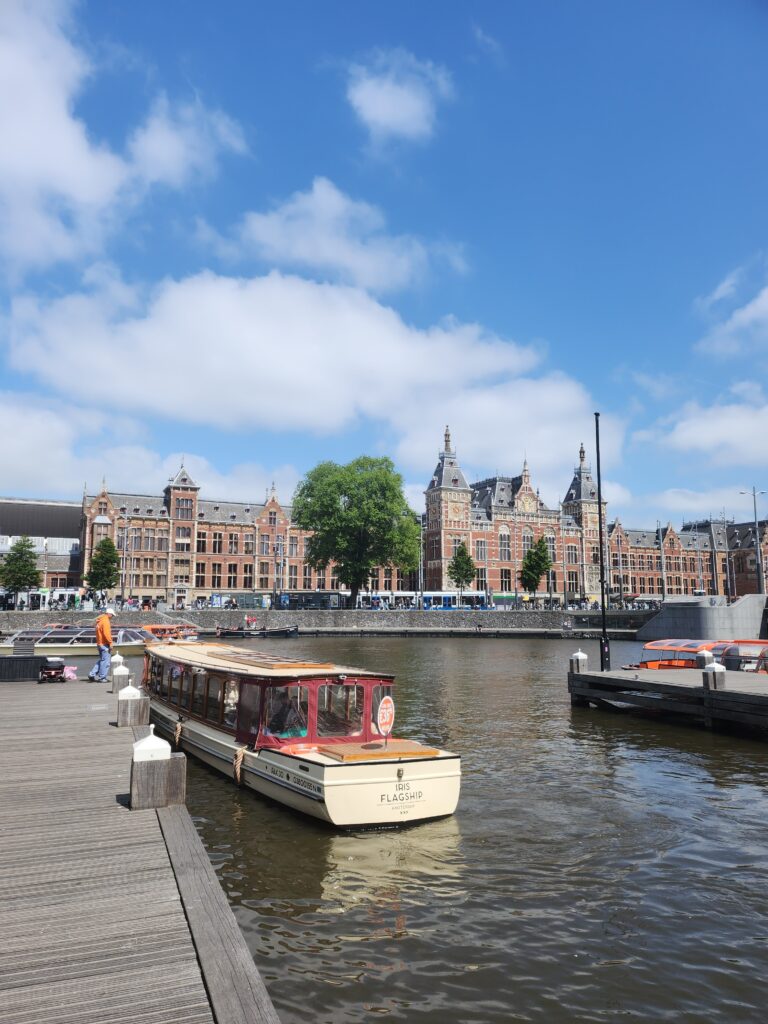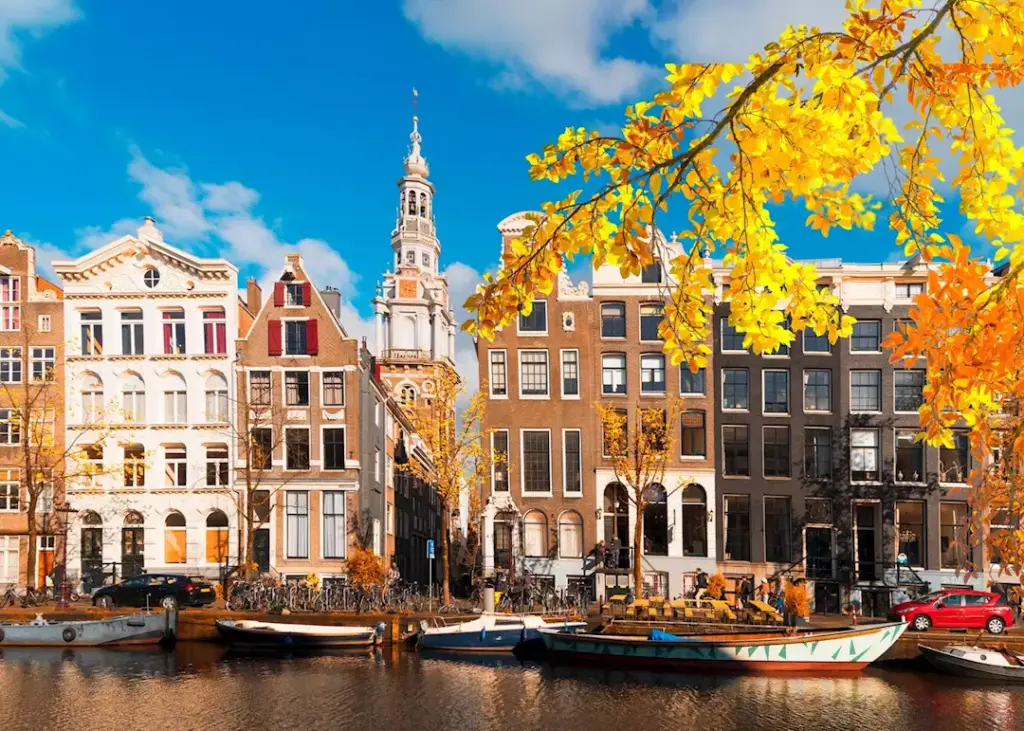Amsterdam is a vibrant city famed for its intricate canals, rich cultural tapestry, and world-class museums. Its historic center, lined with elegant 17th-century canal houses and bustling markets, offers an urban charm like no other.
Yet, beyond the city limits lies the quintessential Dutch experience: picturesque villages, iconic windmills, endless tulip fields, and quaint towns that bring the story of the Netherlands to life.
Over several visits, I discovered that day trips from Amsterdam provide a perfect balance between urban exploration and immersion in the lush Dutch countryside and historic locales. Each destination offers a unique flavor—whether it’s the serene waterways of Giethoorn, the vibrant blooms of Keukenhof, or the architectural wonders of Zaandam.
These excursions not only enrich your understanding of Dutch history and culture but also give you a chance to experience authentic local life away from the city bustle.
This 15-day itinerary is tailored for travelers who want a comprehensive adventure blending the best of Amsterdam’s urban allure with scenic and cultural day trips. It suits families, solo explorers, and culture enthusiasts alike.
With well-connected public transport and optional car rentals, reaching these gems is convenient throughout the year, with spring and summer being ideal for tulip fields and seaside villages. Alongside detailed travel tips, meal recommendations, and transport guidance, this guide promises to maximize your exploration of the Netherlands beyond Amsterdam’s canals.
Pre-Trip Information
How Many Days You Need in Amsterdam and Surroundings
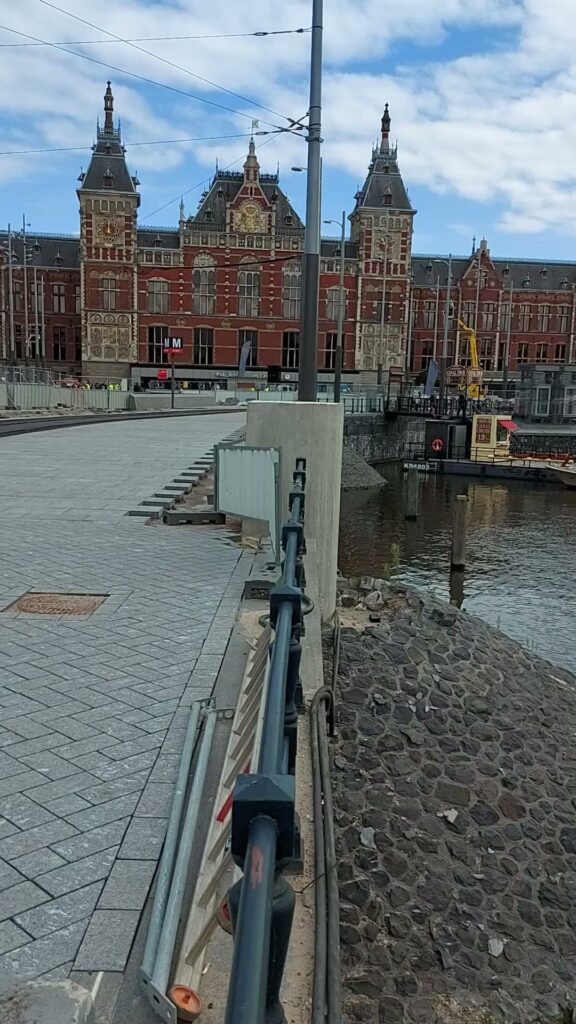
For a well-rounded visit to Amsterdam alone, I recommend a minimum of 3-4 days. This timeframe allows you to explore must-see museums like the Rijksmuseum and Van Gogh Museum, experience a canal cruise, and wander through iconic neighborhoods like Jordaan and De Pijp.
However, to fully appreciate the Dutch countryside and surrounding towns, extending your trip to up to 15 days is ideal. This gives you the flexibility to balance urban exploration with day trips that showcase the country’s rich history, nature, and culture.
Balancing your time is key: spend the first few days immersing yourself in Amsterdam’s vibrant city life, then embark on day trips that highlight different facets of the Netherlands—from historic fishing villages to tulip fields and windmill landscapes.
Best Time to Visit Amsterdam and Day Trip Destinations
| Season | Highlights | Weather | Packing Tips |
|---|---|---|---|
| Spring (March-May) | Keukenhof Gardens, Tulip Season, Mild Weather | Cool, occasional rain showers | Light layers, rain jacket, umbrella |
| Summer (June-August) | Warm Weather, Coastal Villages, Longer Daylight | Warm, generally sunny | Light clothing, sunscreen, comfortable shoes |
| Autumn (September-November) | Quieter Tourist Spots, Autumn Colors, Seasonal Festivals | Cool, potential rain | Warm layers, waterproof gear |
| Winter (December-February) | Cozy Indoor Activities, Christmas Markets | Cold, damp | Warm coats, scarves, gloves |
For the best experience, spring is particularly magical because of the blooming tulips, while summer is excellent for enjoying seaside villages and extended daylight hours.
Getting to Amsterdam
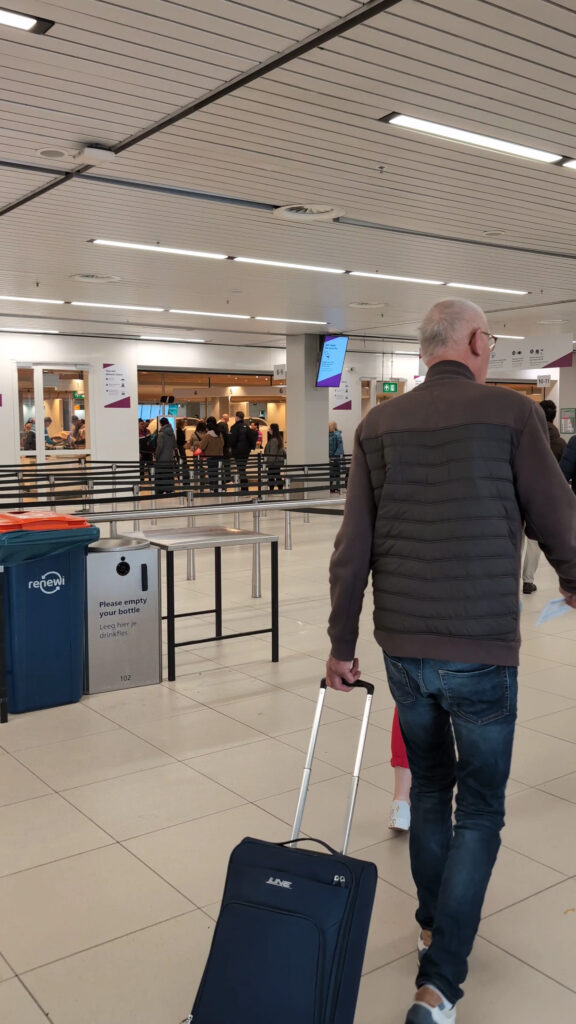
The main international gateway is Amsterdam Schiphol Airport (AMS), one of Europe’s busiest and best-connected airports. From Schiphol, the city center is accessible within 20 minutes by train.
Trains run frequently from the airport to Amsterdam Centraal Station, the main hub for onward travel. Taxis and private transfers are also available but are more expensive.
For convenience, consider using luggage storage facilities at the airport or central station if you arrive before hotel check-in or want to explore immediately.
Getting Around Amsterdam and Day Trip Regions
Public Transport in Amsterdam
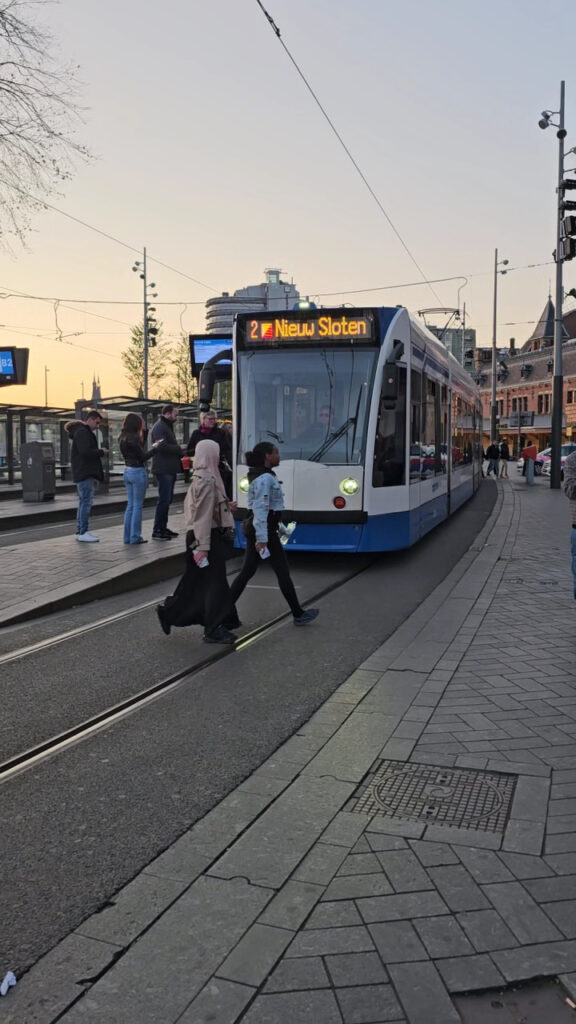
Amsterdam boasts an extensive and efficient public transport network, including trams, buses, and the metro. The IAmsterdam Card offers excellent value, providing unlimited public transport within the city as well as free or discounted access to many museums and attractions.
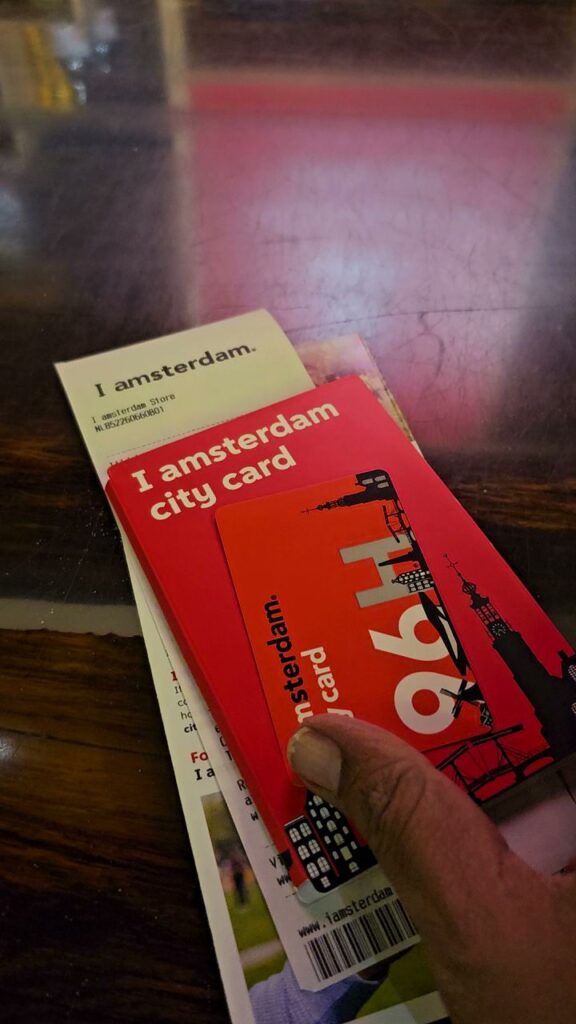
Trains and Buses for Day Trips
| Day Trip Destination | Train Details | Bus Details |
|---|---|---|
| Zaandam | From Amsterdam Centraal: Sprinter train, approx. 15 min | Bus 800 to Zaanse Schans |
| Haarlem | From Amsterdam Centraal: Intercity train, approx. 15 min | – |
| Utrecht | From Amsterdam Centraal: Intercity train, approx. 25 min | – |
| Rotterdam | From Amsterdam Centraal: Intercity train, approx. 40 min | – |
| The Hague | From Amsterdam Centraal: Intercity train, approx. 50 min | – |
| Leiden | From Amsterdam Centraal: Intercity train, approx. 35 min | – |
| Delft | From Amsterdam Centraal: Intercity train, approx. 45 min | – |
| Giethoorn | Train to Zwolle + Bus 70, approx. 2.5 hours total | Bus 70 from Zwolle |
Renting a Car
Car rental offers flexibility, particularly for remote spots like Giethoorn or exploring the countryside at your own pace. However, city parking in Amsterdam is expensive and limited, and traffic can be heavy.
I recommend using providers like Sunny Cars that include insurance and offer reliable service.
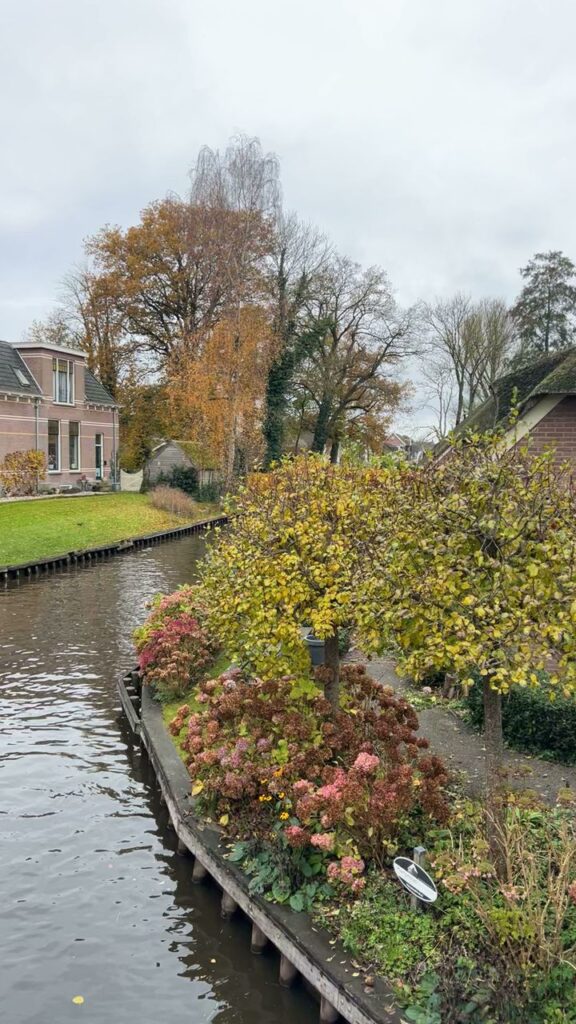
Guided Tours and Day Trip Packages
For those who prefer hassle-free travel, guided tours combine multiple destinations with expert commentary and transport. Popular combos include Keukenhof + Zaanse Schans or Giethoorn + Zaanse Schans.
These tours save time and provide rich context.
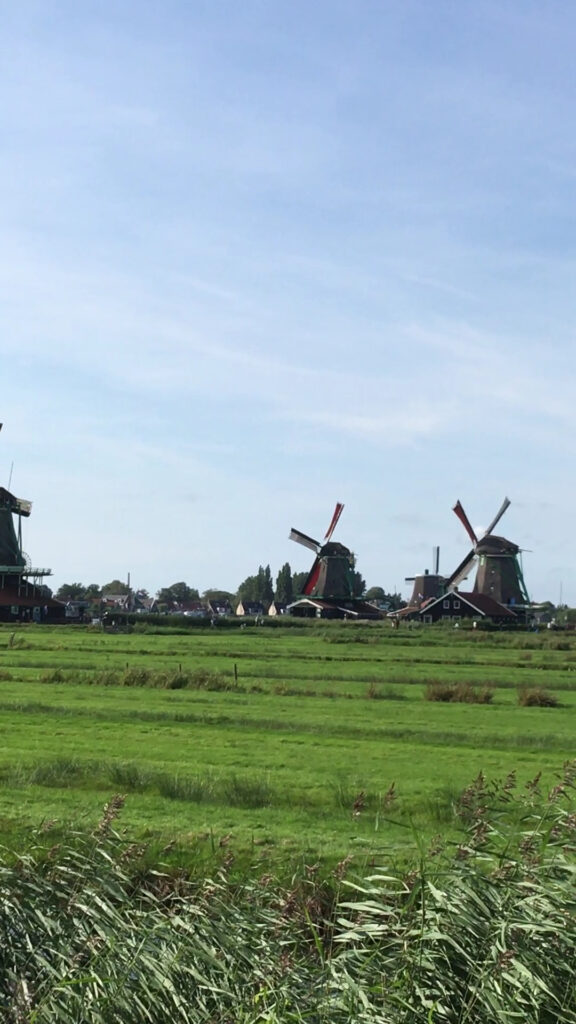
Where to Stay in Amsterdam
| Neighborhood | Best For | Hotel Recommendations |
|---|---|---|
| Amsterdam Centrum | First-timers; close to canals, Dam Square, Red Light District |
|
| Jordaan | Café culture, romantic atmosphere |
|
| De Pijp | Foodies, young travelers |
|
| Oud-West | Families, near Vondelpark |
|
| Amsterdam Noord | Budget travelers, trendy vibe, A’DAM Tower |
|
- Budget: THIS HO(S)TEL
- Mid-range: XO Hotels City Centre
- Luxury: Mister Highland Hotel
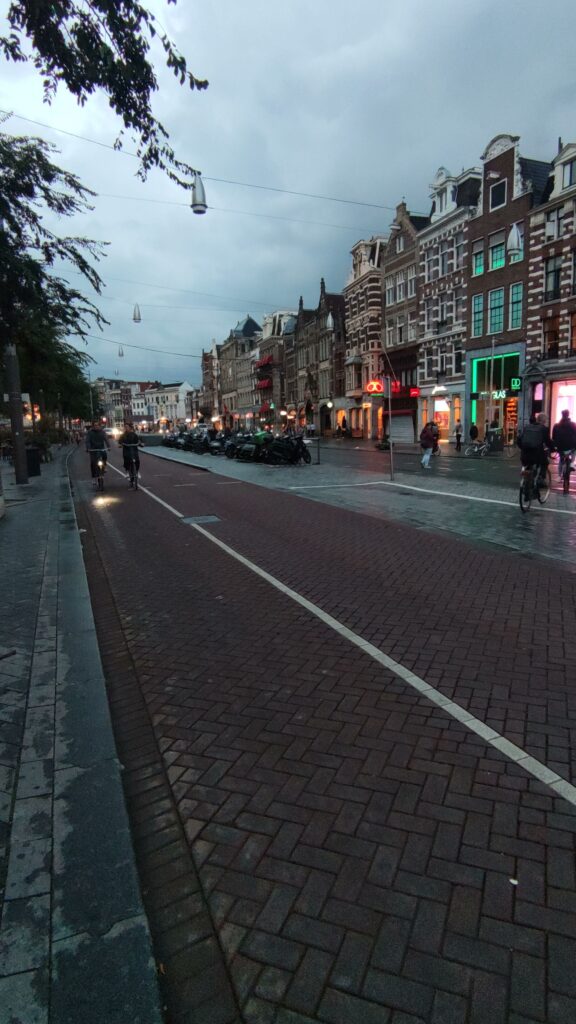
- Budget: Bridge Inn
- Mid-range: The Times Hotel
- Luxury: Canal House
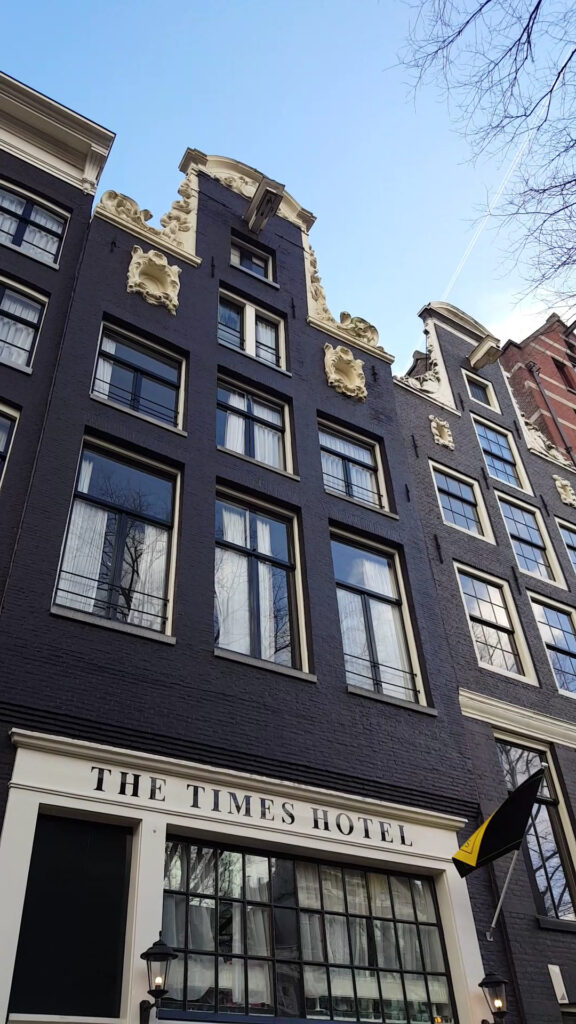
- Budget: easyHotel Amsterdam
- Mid-range: Amsterdam Houseboat Family
- Luxury: Boutique Hotel Notting Hill
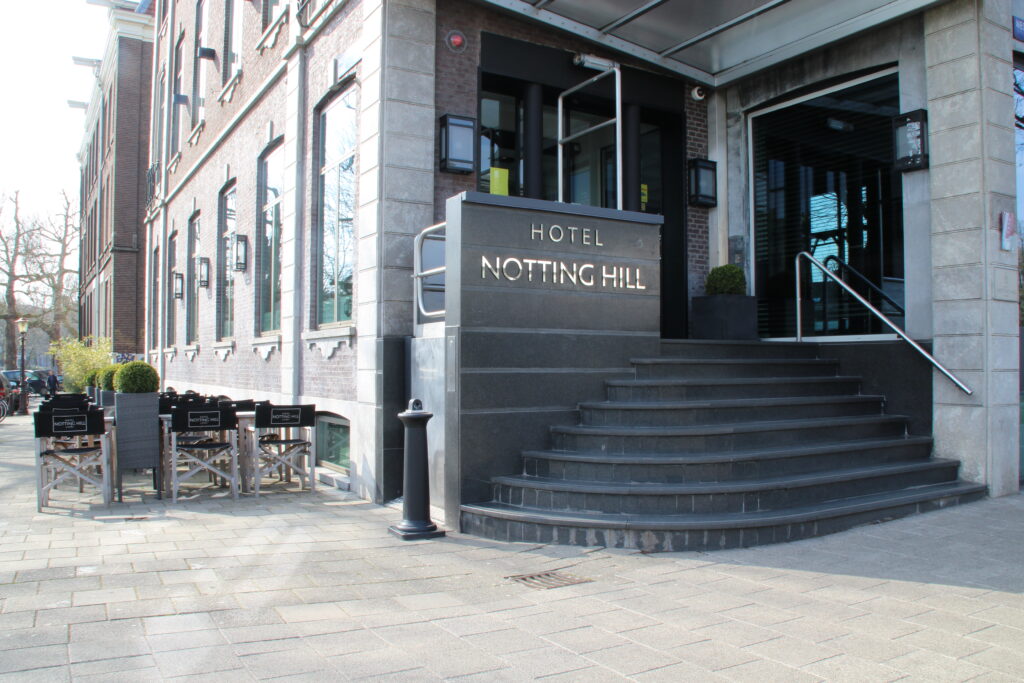
- Budget: Hotel City Garden Amsterdam
- Mid-range: Hotel Roemer Amsterdam
- Luxury: NH Amsterdam Leidseplein

- Budget: YOTEL Amsterdam
- Mid-range: Hotel Jakarta Amsterdam
- Luxury: Sir Adam Hotel
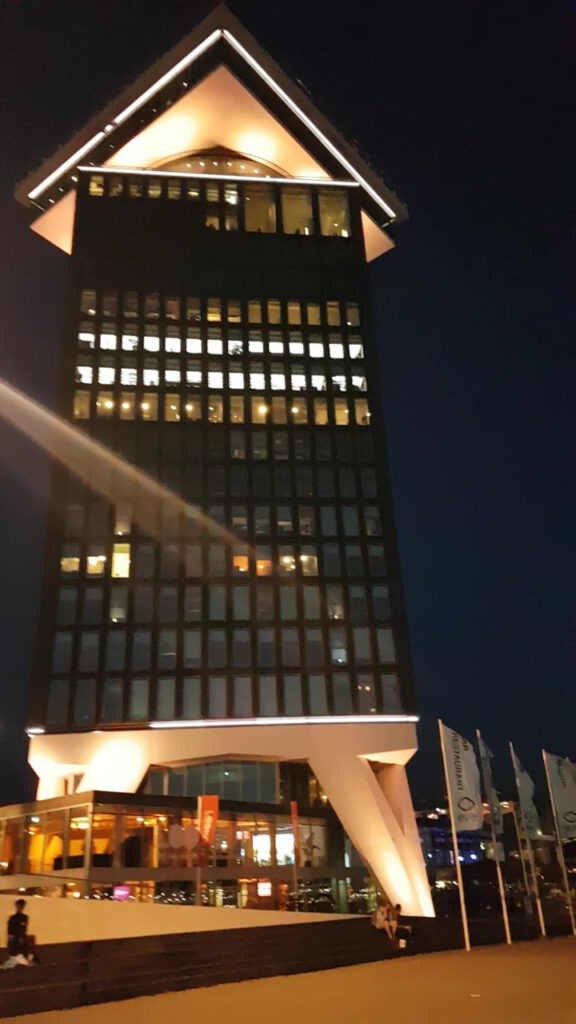
Important Tips for Visiting Amsterdam and Day Trips
- Book popular museums in advance, especially Anne Frank House and Van Gogh Museum.
- Use the IAmsterdam Card to save on transport and entry fees.
- Pack for the weather with layers and an umbrella, especially in spring.
- Start day trips early to avoid crowds.
- Respect local customs and the environment, particularly in small villages.
- Use official tours or guides for complex trips like Giethoorn.
- Plan meal stops to avoid fatigue on long days.
- Check ferry schedules between Volendam and Marken.
- Avoid peak tourist times at popular spots like Zaanse Schans.
- Use apps like 9292.nl for public transport planning.
- Consider wheelchair rentals or accessible tours if needed.
Day-by-Day Itinerary
Day 1: Exploring Amsterdam’s Historic Canal Belt
Canal Ring (Grachtengordel)
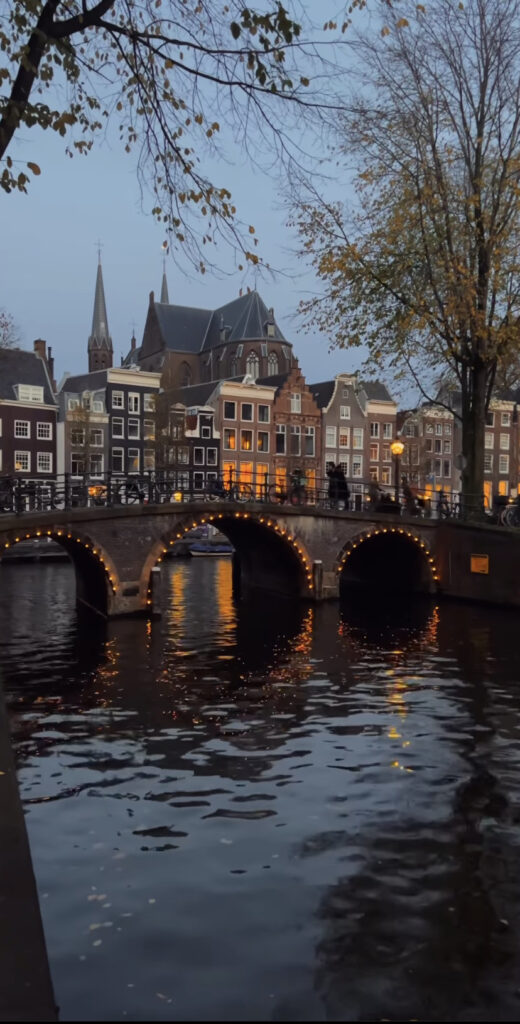
The UNESCO-listed canal ring is the heart of Amsterdam’s historic charm. Built during the 17th century Dutch Golden Age, the semi-circular network of canals—Herengracht, Keizersgracht, and Prinsengracht—offers stunning views of iconic canal houses with gabled facades.
Walking along these pathways, you’ll notice elegant bridges, quaint houseboats, and picturesque courtyards.
For the best experience, visit early in the morning or late afternoon for softer light and fewer crowds. Consider joining a guided walking tour to uncover fascinating stories behind the architecture and canals.
Anne Frank House
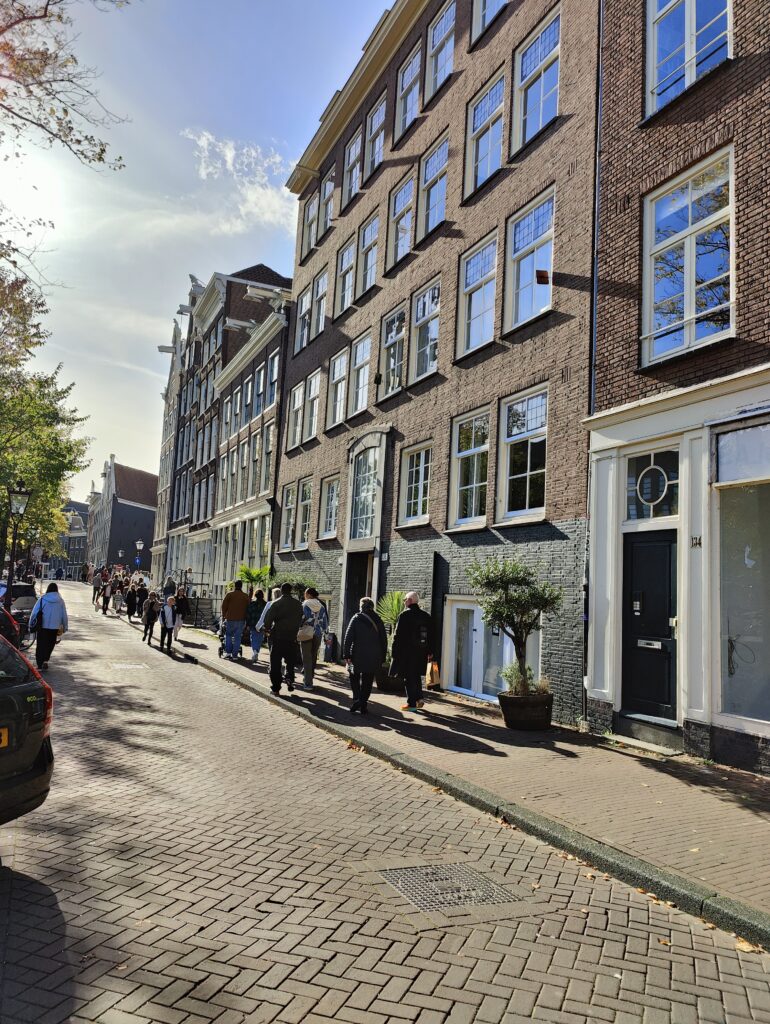
Step into history at the Anne Frank House, where Anne Frank and her family hid during World War II. The museum preserves the secret annex and displays Anne’s original diary along with compelling exhibits on the Holocaust and human rights.
Tickets must be pre-booked online, as the site is very popular. Aim for early or late afternoon slots to avoid peak times.
Audio guides are available to enhance your visit.
Dam Square & Royal Palace
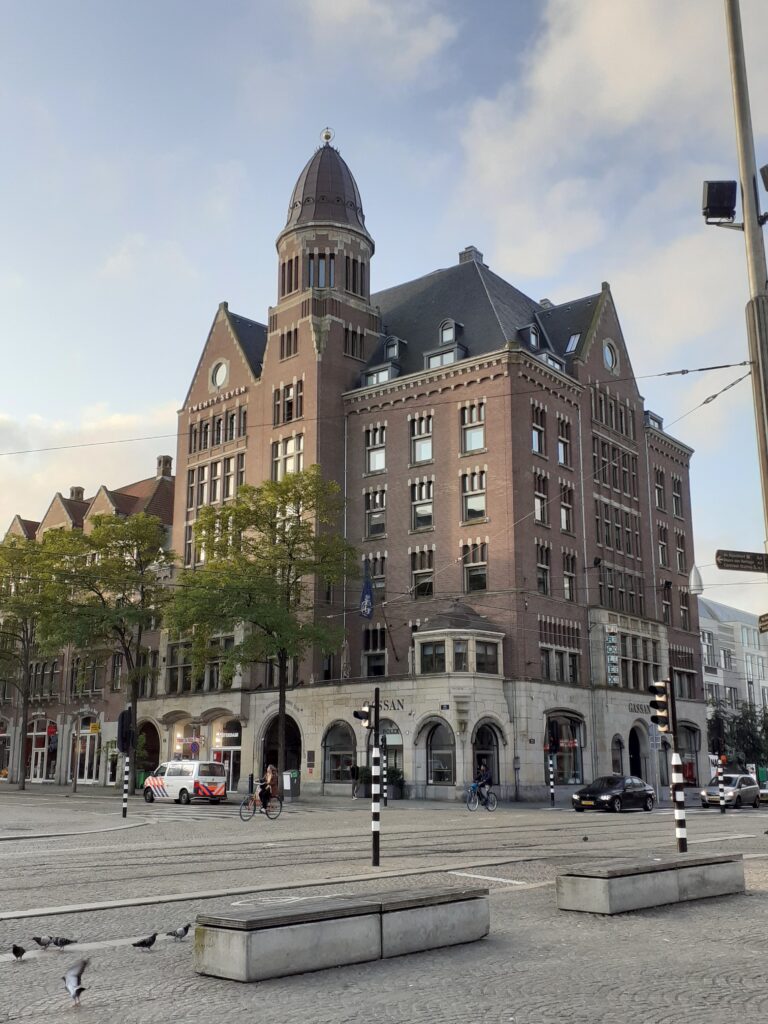
Dam Square is Amsterdam’s bustling central plaza, home to the Royal Palace, the National Monument, and many street performers. The Royal Palace, dating back to the 17th century, offers guided tours showcasing opulent interiors and Dutch history.
Nearby, you’ll find shops, cafés, and historic buildings that invite leisurely exploration.
Lunch at Jordaan Neighborhood
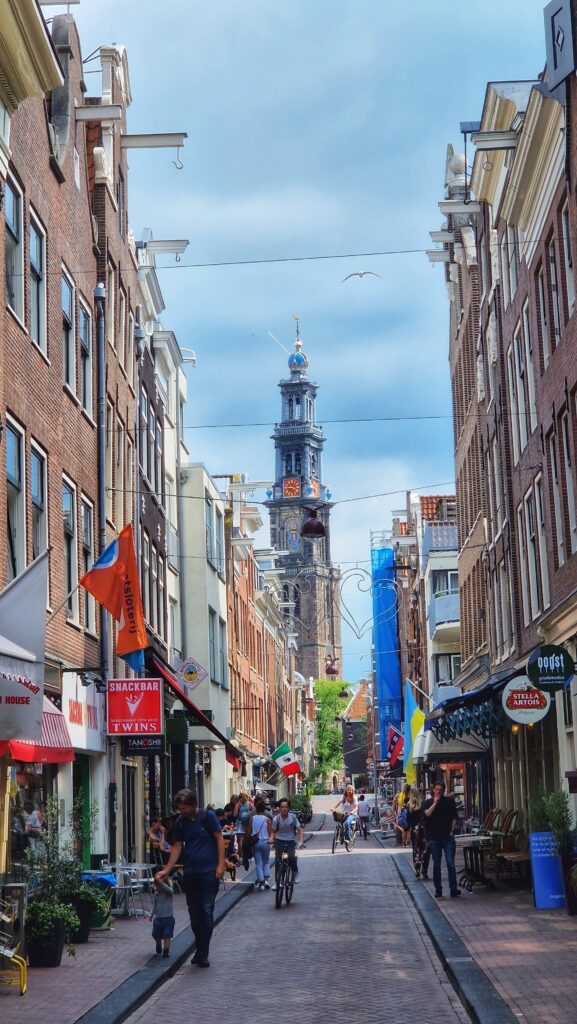
Jordaan is a charming district known for its narrow streets, art galleries, and cozy cafés. For a light lunch, Café Winkel 43 is famous for its apple pie, a local favorite.
The area’s relaxed atmosphere makes it perfect for a break before continuing your day.
Evening Canal Cruise with “Those Dam Boat Guys”
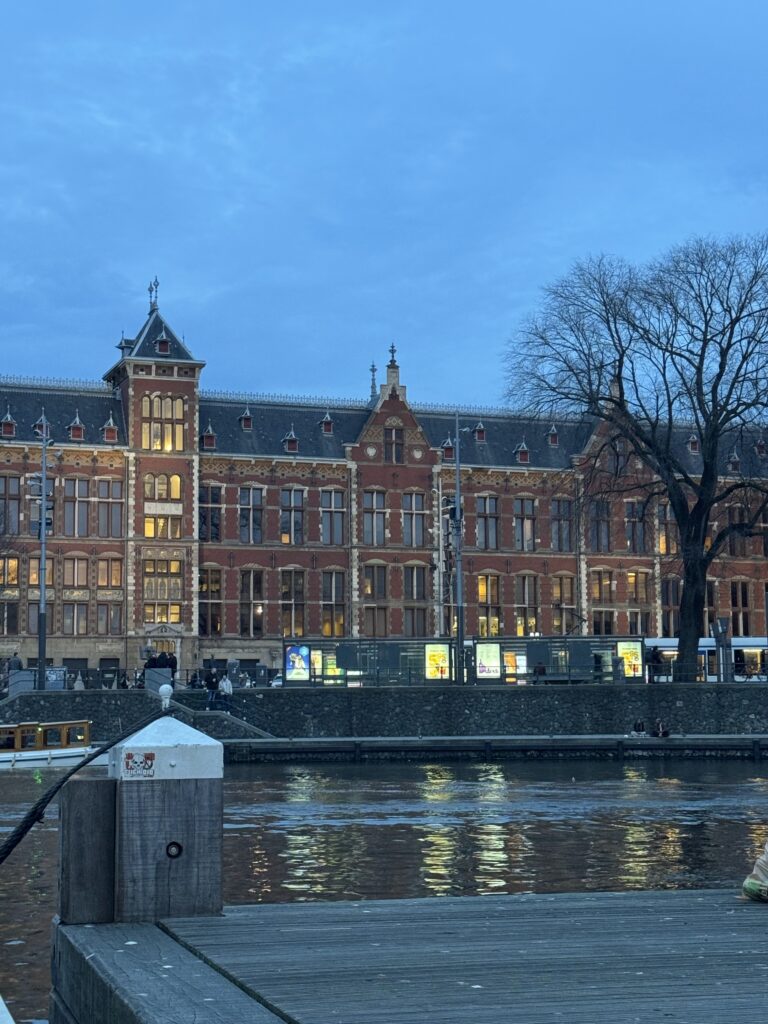
Enjoy a unique, intimate canal cruise aboard a small boat with “Those Dam Boat Guys.” This tour navigates serene, smaller canals inaccessible to larger boats, offering a fresh perspective on the city’s waterways.
The cruise lasts approximately 1.5 hours and can be booked in advance. Consider bringing a bottle of wine or snacks to enhance the experience.
Dinner Suggestions
For traditional Dutch cuisine, Moeders offers hearty local dishes in a cozy setting. Alternatively, Haesje Claes serves classic fare with a historic ambiance.
If you prefer live music with drinks, explore pubs in the De Pijp or Jordaan neighborhoods.
Day 2: Zaanse Schans and Zaandam Architecture
Zaanse Schans Open-Air Museum
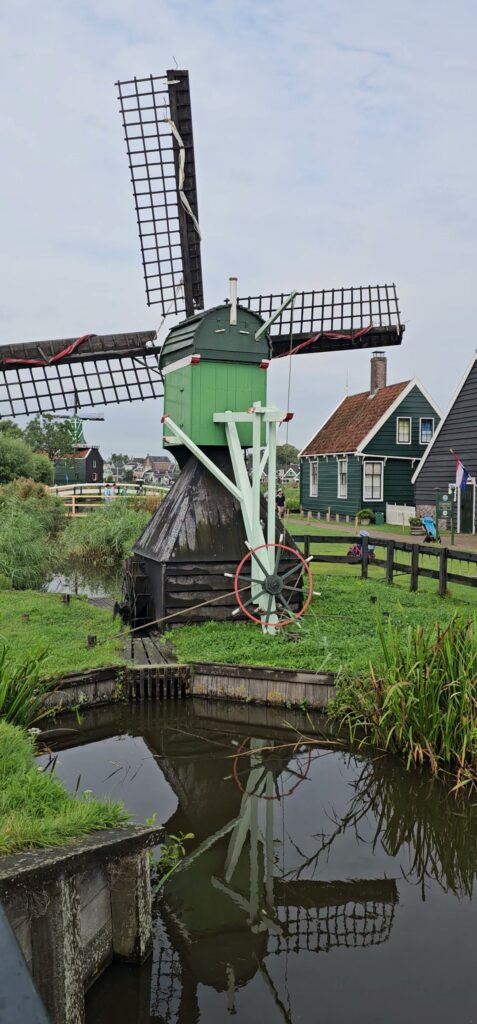
Zaanse Schans is a living museum showcasing the Dutch Golden Age’s industrial heritage. The village features original and reconstructed windmills, traditional wooden houses, and workshops demonstrating historic crafts like cheese-making and wooden clog carving.
Key windmills include De Kat (a paint mill) and De Zoeker (an oil mill). Visitors can tour these mills and watch artisans at work.
Entry to the outdoor area is free, but museums and mills charge a small fee.
The site is open from 9:00 AM to 5:00 PM. Arriving early helps avoid crowds.
Several cheese farms and souvenir shops offer tastings and purchases.
Zaandam City Center
Just a short train ride from Amsterdam, Zaandam boasts unique “stacked house” architecture. The Inntel Hotel is a highlight, resembling a colorful Lego city inspired by local houses and Monet’s paintings.
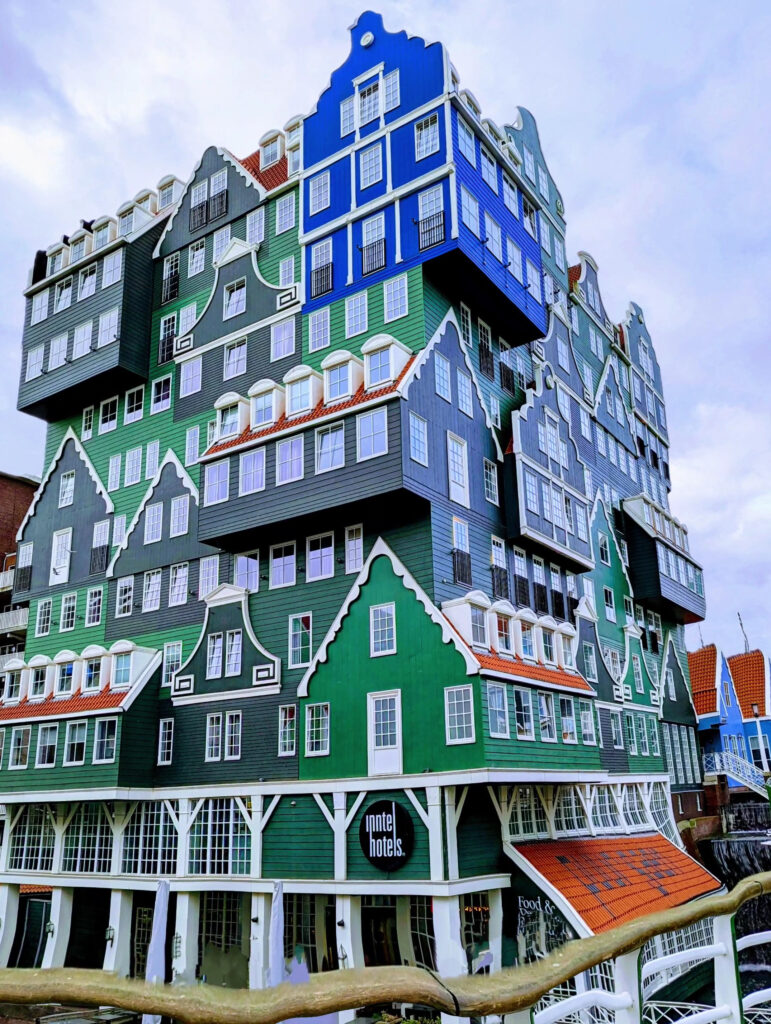
Stroll along the main canal for shopping and dining. Recommended eateries include Bagels & Beans for coffee and casual bites, and Vecchia Italia for affordable Italian dishes.
Spend 1-2 hours exploring before returning to Amsterdam by train or bus.
Return to Amsterdam
After your visit, use public transport to return to Amsterdam. In the evening, explore neighborhoods like De Pijp or Oud-West for vibrant dining and nightlife options.
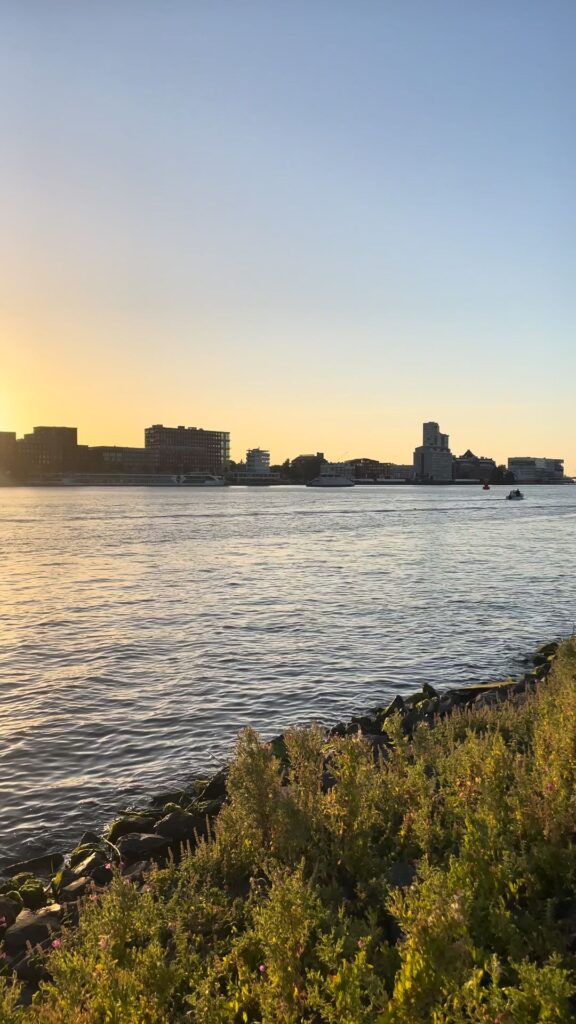
Day 3: Keukenhof Gardens and Lisse Tulip Fields
Keukenhof Gardens
Keukenhof is Europe’s largest flower garden, sprawling over 79 acres with more than 7 million bulbs blooming annually—primarily tulips, daffodils, and hyacinths. The gardens are open from mid-March to mid-May, with peak tulip bloom in mid-April.
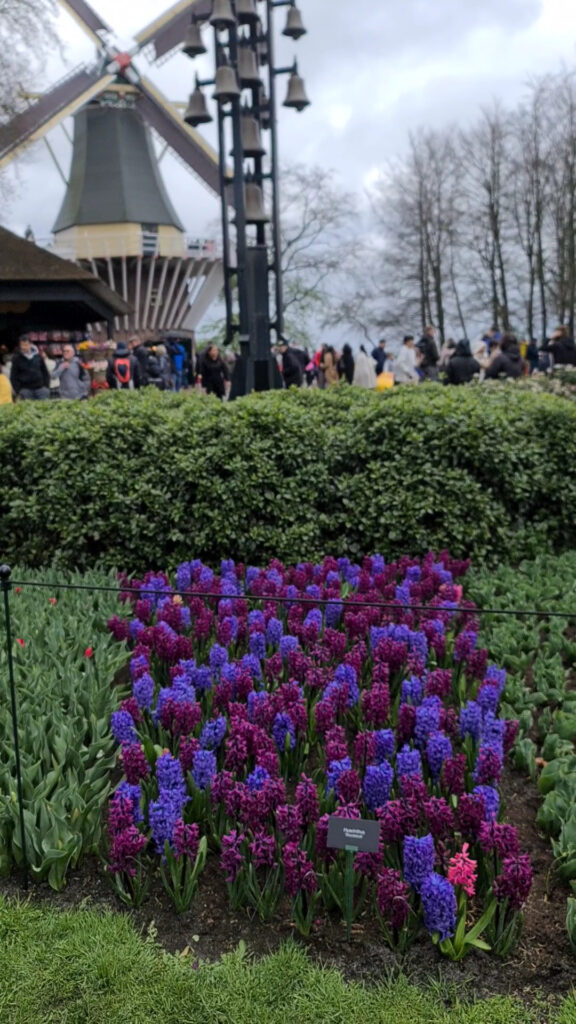
Highlights include themed flower displays, an iconic windmill, lakes, and walking paths. The gardens are designed to delight photographers and horticulture enthusiasts alike.
To avoid crowds, arrive early or visit on weekdays. Shuttle buses run regularly from Amsterdam Centraal.
Combination tickets including entrance and shuttle are available.
Lisse Tulip Fields
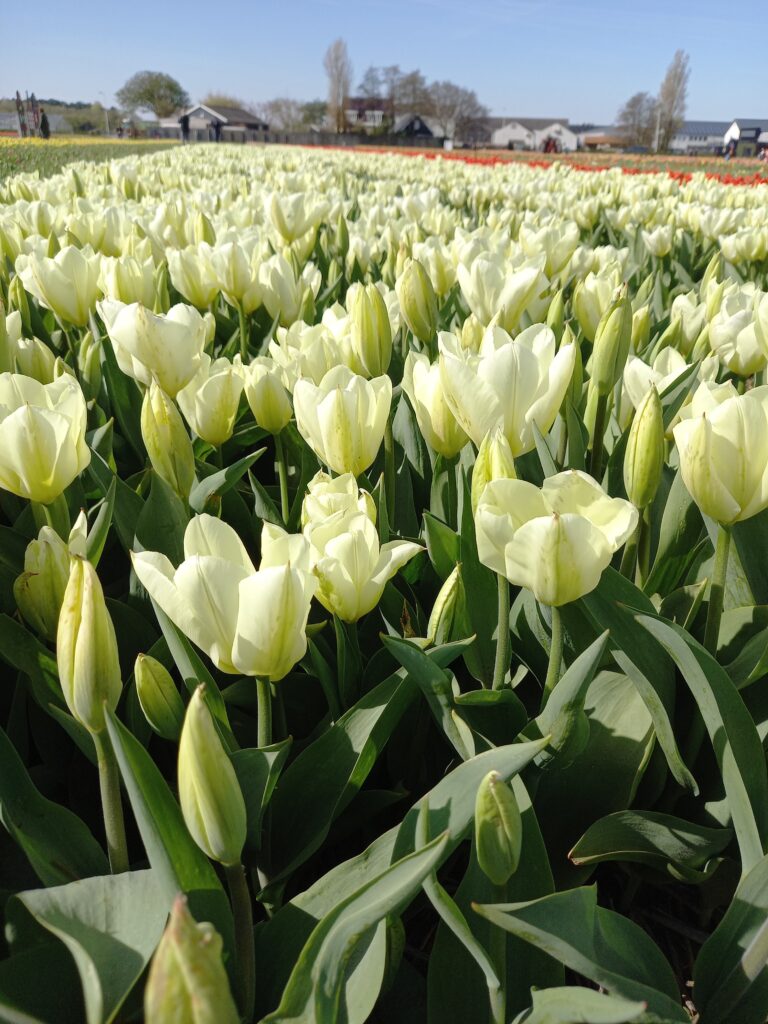
Surrounding Keukenhof are vast tulip fields stretching as far as the eye can see. Many local farms allow visitors to walk or cycle through the fields during the bloom season.
Consider renting a bike or joining a guided tour to explore the blooming bulb region at your own pace. Be respectful of private property and stick to designated paths.
Lunch Near Keukenhof
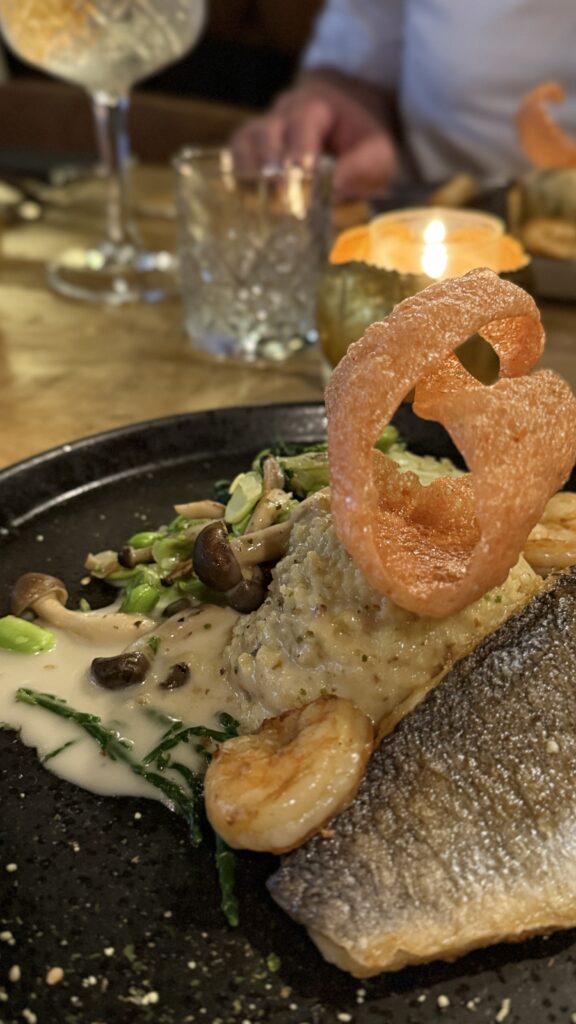
Several cafés and restaurants in Lisse offer traditional Dutch food and light meals. Alternatively, pack a picnic to enjoy amidst the floral splendor.
Return to Amsterdam
Head back to Amsterdam in the late afternoon. For an evening activity, consider a nighttime visit to the Anne Frank House (if available) or visit local markets for fresh produce and snacks.
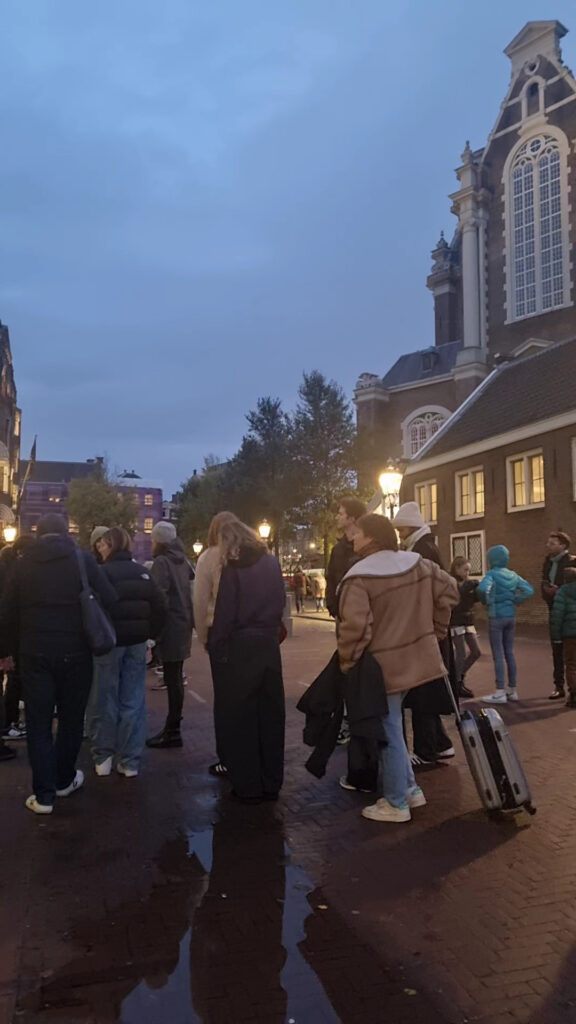
Day 4: Giethoorn “Venice of the North”
Giethoorn Village Overview

Giethoorn is a tranquil, car-free village known for its picturesque canals, thatched-roof cottages, and wooden bridges. Often called the “Venice of the North,” Giethoorn offers a unique experience of traveling by boat through its waterways.
The village’s history dates back to the 13th century, originally a peat-harvesting community. Today, it is a serene escape with scenic walking routes and photo-worthy views.
Boat Tour in Giethoorn
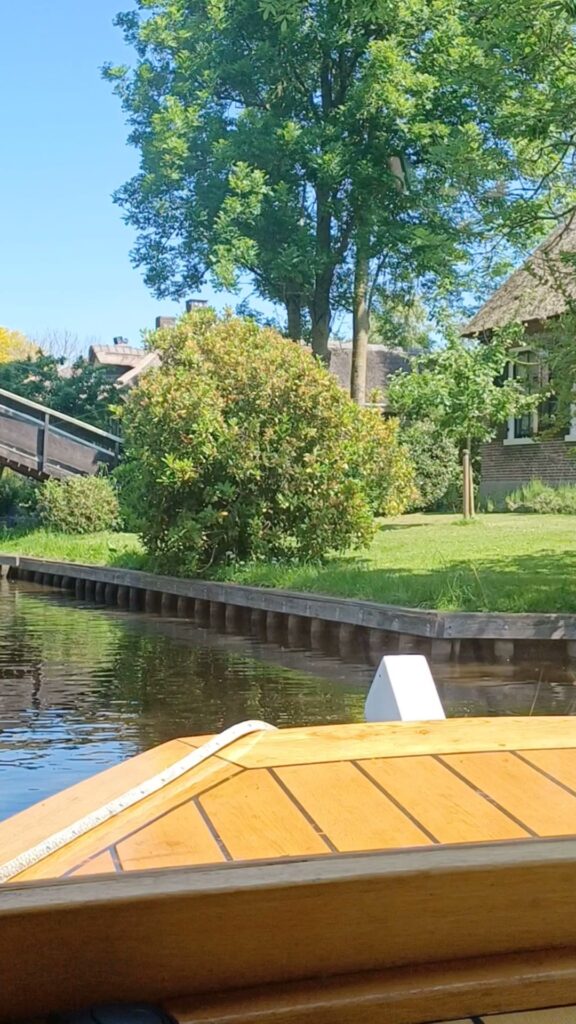
The best way to explore Giethoorn is by renting a whisper boat, canoe, or taking a guided gondola tour. Most boat tours last about an hour and gently navigate under low bridges and past quaint homes.
Booking in advance is recommended, especially during spring and summer. Several cafes and restaurants in the village offer lunch or refreshments with canal views.
Getting There
By public transport, take a train from Amsterdam to Zwolle, then bus 70 to Giethoorn. Total travel time is roughly 2.5 hours.
Alternatively, driving is an option, with free and paid parking lots near the village.
For ease and comfort, many travelers prefer guided tours with hotel pickup.
Evening Return
After a fulfilling day, return to Amsterdam for a relaxed evening. Dining in Jordaan or De Pijp provides a lovely cultural ambiance to close the day.
Day 5: Volendam and Marken Fishing Villages
Volendam Harbor and Doolhof Neighborhood
Volendam is a historic fishing village on the Markermeer lake, known for its colorful wooden houses, bustling harbor, and traditional Dutch costumes. The harbor area is lively with seafood stalls, boats, and photo opportunities.
The Doolhof is a charming maze of narrow alleys and hidden courtyards, perfect for a leisurely stroll away from the tourist crowds. Local shops and museums recount the village’s rich maritime heritage.
Marken Island
Connected to the mainland by a causeway, Marken retains its fishing village atmosphere with wooden houses, gardens, and a peaceful harbor. Marken is smaller and quieter than Volendam, ideal for a calming walk and fresh seafood.
The Marken-Volendam ferry runs daily, providing a scenic boat ride between the two villages. The ferry also accommodates bicycles.
Cheese and Clog Workshops
Both villages offer traditional Dutch crafts demonstrations. Visit local cheese farms for tasting sessions and clog-making workshops where artisans carve wooden shoes.
Return to Amsterdam
After exploring the villages, return to Amsterdam by bus or car. Evenings can be spent on food tours or enjoying canal-side dining in the city.
Day 6: Haarlem City and Cultural Exploration
Grote Markt and Town Square
Haarlem’s historic center revolves around the Grote Markt, a lively square lined with cafes, shops, and notable buildings. It hosts markets on weekends and seasonal events.
The St. Bavo Church dominates the square with its Gothic architecture and famous organ, once played by Mozart.
Frans Hals Museum
Dedicated to the Dutch Golden Age painter Frans Hals, this museum features an impressive collection of 16th and 17th-century art. It offers insightful context on Haarlem’s artistic heritage.
Opening hours are generally from 11:00 AM to 5:00 PM. Accessibility features are available.
Jopenkerk Brewery
Set in a former church, Jopenkerk is a trendy brewery offering craft beers brewed on-site. The unique ambiance and local brews make it a great spot for an afternoon or evening visit.
Open Boat Canal Tour in Haarlem
Haarlem’s canals can be explored by a 50-75 minute open boat tour with a live guide, who shares stories about the city’s history and architecture. Summer offers open boats; winter tours are covered and heated.
Dinner and Nightlife in Haarlem
Enjoy dinner at one of Haarlem’s many cozy restaurants or pubs. The city has a vibrant nightlife with bars featuring local beers and live music.
Day 7: Utrecht’s Canals and Historic Sites
Dom Tower
Utrecht’s iconic Dom Tower is the tallest church tower in the Netherlands at 112 meters. Visitors can climb 465 steps to the top for panoramic city views.
The tower dates back to the 14th century and is a symbol of the city.
Oudegracht Canal
The Oudegracht is a unique canal lined with wharf cellars that have been converted into cafes and shops. Walking along the canal provides a charming atmosphere with plenty of spots to relax and enjoy local culture.
Rietveld Schröder House
A UNESCO World Heritage Site, this architectural masterpiece by Gerrit Rietveld showcases De Stijl design principles. Guided tours are available by reservation, offering an in-depth look at this innovative home.
Food and Drink in Utrecht
Utrecht boasts a lively culinary scene with cafes, breweries, and restaurants offering local and international flavors. The city also hosts vibrant nightlife with bars and live music venues.
Day 8: The Hague’s Political Heart and Coastline
Binnenhof and Dutch Parliament
The Binnenhof is the political center of the Netherlands, housing the Dutch Parliament and government offices. The complex dates back to the 13th century and features impressive medieval architecture.
Guided tours provide insight into the country’s political history and current governance.
Mauritshuis Museum
Home to masterpieces such as Vermeer’s “Girl with a Pearl Earring” and works by Rembrandt, the Mauritshuis is a must-visit for art lovers. The museum combines historic grandeur with an exquisite collection.
Advance ticket booking is recommended, especially in peak season.
Peace Palace
Famous as the seat of the International Court of Justice, the Peace Palace is a symbol of global peace efforts. While interior tours are limited, the visitor center provides educational exhibits and guided walks of the grounds.
Scheveningen Beach
Just a short tram ride from the city center, Scheveningen offers a wide sandy beach, seaside promenade, and numerous restaurants and cafes. It’s ideal for a leisurely walk, dining with a sea view, or visiting the pier and casino.
Day 9: Delft’s Blue Pottery and Historic Canals
Market Square (Markt)
The lively Markt is Delft’s central square, hosting markets and surrounded by historic buildings like the City Hall and Nieuwe Kerk, which contains royal tombs. The square buzzes with cafes and street performers, making it a vibrant gathering spot.
Royal Delft Museum
Explore the history and craftsmanship behind the famous Delftware blue and white porcelain. The museum offers guided tours and live workshops where artisans demonstrate traditional pottery techniques.
Vermeer Centrum
Dedicated to the painter Johannes Vermeer, this center exhibits reproductions of his works and informative displays about his life and artistic context. It’s family-friendly and perfect for art enthusiasts.
Canal Walk and Dining
Delft’s canals are scenic for strolls, especially at sunset. Numerous cafes and restaurants along the waterways offer local and international cuisine in charming historic settings.
Day 10: Leiden’s University Charm and Museums
De Valk Windmill Museum
Visit this historic windmill in Leiden’s city center to learn about its millwright history and role in Dutch water management. Visitors can climb the narrow stairs for panoramic views of the city and canals.
Pieterskerk and Hooglandse Kerk
Leiden’s Gothic churches, Pieterskerk and Hooglandse Kerk, feature impressive architecture and notable artworks. Pieterskerk houses historic tombs and beautiful stained glass, while Hooglandse Kerk is known for its soaring tower and intricate windows.
Museum De Lakenhal
This art and history museum presents Dutch Golden Age paintings, textiles, and contemporary exhibits. Rotating temporary exhibitions keep the experience fresh.
Hortus Botanicus
Founded in 1590, Leiden’s Hortus Botanicus is one of the oldest botanical gardens in the world. It features a diverse collection of plants, greenhouses, and tranquil walking paths—ideal for a peaceful afternoon.
Day 11: Rotterdam’s Modern Architecture and Harbor
Cube Houses and Markthal
Rotterdam’s Cube Houses, designed by Piet Blom, are strikingly modern and innovative with their tilted, yellow-cube design. Nearby, the Markthal is a large indoor market with vibrant food stalls and a colorful ceiling mural.
Erasmus Bridge
The Erasmus Bridge, nicknamed “The Swan,” is an iconic symbol of Rotterdam. Walking or cycling across offers great views of the river and city skyline, especially at sunset.
Depot Boijmans van Beuningen
This innovative public art storage facility allows visitors to see artworks not currently on exhibition and learn about museum logistics. It’s a unique cultural experience in a modern building.
Euromast Tower
Take the elevator to the top of the Euromast Tower for panoramic views of Rotterdam and beyond. The tower also features a restaurant and a glass-bottomed viewing platform for thrill-seekers.
Day 12: Kinderdijk Windmills and Dordrecht Town
Kinderdijk UNESCO Windmills
Kinderdijk is famous for its 19 well-preserved 18th-century windmills, built for water management. This UNESCO World Heritage Site offers walking and boat tours to appreciate these engineering marvels and the surrounding polder landscape.
Dordrecht Medieval City
Dordrecht is a well-preserved medieval town with canals, historic gates like Groothoofdspoort, and charming streets. Visit the Dordrecht Museum for Dutch art, and the Hof courtyard for a peaceful retreat.
The Grote Kerk is another architectural highlight.
Day 13: Gouda’s Cheese Market and Historic Town
Gouda Market Square
The Markt is the center of Gouda’s historic town, hosting the famous cheese market from April to August on Thursdays. The square is surrounded by cafes, shops, and the stunning Gothic St.
John’s Church with its remarkable stained glass windows.
Cheese Tasting and Shopping
Gouda is synonymous with cheese. Visit local shops for tastings and learn about the cheese-making process.
Sampling fresh cheese varieties is a highlight for many visitors.
Historic Architecture and Canals
Wander Gouda’s canals and quaint streets to admire traditional Dutch architecture and capture memorable photos of this charming town.
Day 14: Additional Day in Utrecht or Optional Day Trips
If you wish to explore further, spend an extra day in Utrecht enjoying its cafes, shops, and festivals. Alternatively, consider day trips to:
- Alkmaar Cheese Market (Fridays, April-August) for a lively cheese auction and historic town atmosphere.
- Texel Island for nature, birdwatching, and coastal landscapes away from crowds.
- Urban bike tours or canal cruises for a different city perspective.
Day 15: Zaanse Schans Revisit or Relaxing Day in Haarlem
For your last day, revisit the windmills and craft workshops at Zaanse Schans for a deeper dive or enjoy a leisurely day in Haarlem. Explore shops, museums like the Frans Hals, and indulge in food tours to savor local delights.
Prepare for departure by organizing transport back to Amsterdam.
Additional Sections
What to Do With More Time in the Netherlands
- Alkmaar Cheese Market—Friday mornings April to September, a lively historic cheese auction and market.
- Texel Island—Explore its nature reserves, birdwatching spots, and tranquil beaches.
- Wadden Sea Seal Tour—Boat tours from northern ports to see seals and unique tidal landscapes.
- Extended stay in Rotterdam—Dive into its food scene, modern art, and harbor cruises.
- Weekend trip to Belgium—Visit Bruges and Ghent for medieval charm and Belgian culinary delights.
What to Do With Less Time in the Netherlands
If your stay is limited to 3-5 days, focus on Amsterdam’s main museums and a couple of quick day trips such as Zaanse Schans and Haarlem. Prioritize must-see museums like the Anne Frank House and Van Gogh Museum to capture the city’s cultural essence and add one countryside experience to balance your visit.
Getting To and From Specific Areas
| Route | Transport Options | Duration |
|---|---|---|
| Schiphol Airport → Amsterdam | Train, Taxi, Private Transfer | 20 minutes by train |
| Amsterdam Centraal → Zaanse Schans | Bus 800, Train + 20 min walk | Approx. 30 minutes |
| Amsterdam → Giethoorn | Train to Zwolle + Bus 70, Guided Tour | Approx. 2.5 hours |
| Volendam ↔ Marken | Ferry (Volendam Marken Express) | 10-15 minutes |
| Rotterdam → Kinderdijk | Waterbus, Car | Approx. 30 minutes |
| Haarlem → Schiphol Airport | Bus 300 direct | Approx. 30 minutes |
Seasonal Considerations
- Tulip Season: Mid-March to mid-May, with peak blooms around mid-April at Keukenhof.
- Summer: June to August is ideal for coastal villages and warm weather but expect crowds.
- Peak Avoidance: Visit popular spots early in the morning or on weekdays to avoid crowds.
- Weather Packing: Include an umbrella, layers, and comfortable walking shoes for variable weather.
Budgeting for Your Trip
| Expense | Amsterdam (per day) | Day Trip Locations (per day) |
|---|---|---|
| Accommodation | €80 – €250 | €70 – €150 |
| Meals | €20 – €50 | €15 – €40 |
| Public Transport | €8 – €15 (daily pass) | €10 – €25 (train/bus) |
| Car Rental | Not recommended | €40 – €70 (per day, incl. insurance) |
| Attraction Entry Fees | €12 – €20 (museums) | €0 – €20 (museums, workshops) |
To save money, consider combo tickets, city cards, self-guided tours, and dining at local cafés instead of tourist hotspots.
FAQ Section
How do I get from Amsterdam to Giethoorn?
The most straightforward way is by taking a train from Amsterdam Centraal to Zwolle (about 1.5 hours), then catching bus 70 directly to Giethoorn village center (about 30 minutes). The total journey takes approximately 2.5 hours.
Alternatively, you can join a guided tour or drive and park at designated lots near the village, as cars are not allowed in the center.
When is the best time to visit Keukenhof Gardens?
Keukenhof is open from mid-March to mid-May, with peak tulip bloom typically mid-April. Visiting early in the day on weekdays helps avoid crowds.
Spring weather can be variable, so pack for rain and cool temperatures. Booking tickets and shuttle transport in advance is highly recommended.
Can I visit Zaanse Schans without a guided tour?
Yes, Zaanse Schans is easily accessible by public transport. You can take bus 800 from Amsterdam Centraal or a train to Zaandijk Zaanse Schans and walk to the village.
The open-air village is free to explore, with optional paid entries to museums and windmills. Guided tours enhance the experience but are not necessary.
What is the best way to travel between Volendam and Marken?
The best way is the Volendam Marken Express ferry which runs daily, offering a scenic 10-15 minute trip. The ferry is popular in spring and summer, so check schedules and book in advance if possible.
You can also drive or bike via the causeway connecting Marken to the mainland.
Are the museums in Amsterdam covered by the IAmsterdam Card?
Many major museums, including the Rijksmuseum, Van Gogh Museum, and Anne Frank House, offer free or discounted entry with the IAmsterdam Card. Additionally, the card provides unlimited public transportation within Amsterdam, making it a cost-effective option for visitors planning multiple museum visits and city travel.
How many days do I need to explore Amsterdam and nearby towns?
At least 3-4 days in Amsterdam are recommended to enjoy the city’s main sites and museums. For day trips to nearby towns and attractions, an additional 7-10 days will allow you to explore multiple destinations at a comfortable pace, making a total of 10-15 days ideal for an in-depth experience.
Is it better to rent a car or use public transport for day trips?
Public transport is convenient and efficient for most day trips from Amsterdam, especially to popular destinations. Renting a car offers flexibility for remote or multiple-stop itineraries but can be costly due to parking and city traffic.
For places like Giethoorn, a car or guided tour may be more practical.
Are there wheelchair-accessible tours and accommodations?
Yes, many tours and accommodations in Amsterdam and surrounding areas offer wheelchair accessibility. The city’s public transport has accessible options, and several museums and attractions are wheelchair-friendly.
It is advisable to confirm accessibility in advance and consider renting wheelchairs or booking specialized tours if required.
What are the ticket booking tips for Anne Frank House and Van Gogh Museum?
Both attractions require advance online booking due to high demand. Tickets for the Anne Frank House are released about six weeks in advance and sell out quickly.
For the Van Gogh Museum, purchasing timed-entry tickets early is recommended. Using official websites or trusted vendors ensures authenticity and avoids scams.
Can I combine multiple day trips in one day?
While it is possible to combine nearby destinations like Zaanse Schans, Edam, and Volendam in one day, be mindful of travel times and time spent at each location. Guided tours often offer multi-stop itineraries, which can maximize your day but may feel rushed.
Prioritize your interests and allow sufficient time to enjoy each site.
What are the best neighborhoods to stay in Amsterdam for day trip access?
Staying near Amsterdam Centraal or in neighborhoods like Jordaan, De Pijp, and Oud-West offers easy access to public transport for day trips. Amsterdam Noord is a budget-friendly option connected by ferry.
Centrum is ideal for first-timers but can be busy and pricier.
How do I avoid crowds at popular day trip destinations?
Start your day trips early in the morning, visit on weekdays, and avoid national holidays or school vacations. For places like Keukenhof and Zaanse Schans, visiting late in the afternoon or during shoulder seasons can also help avoid crowds.
Booking skip-the-line tickets and guided tours with small groups enhances the experience.
What are the options for guided day tours from Amsterdam?
Guided day tours vary from small-group to private options, covering destinations like Keukenhof, Zaanse Schans, Giethoorn, and coastal villages. They typically include transportation, entrance fees, and local guides, providing convenience and insight.
Many tours combine multiple destinations in one day.
Are there good food options in the smaller towns?
Yes, many smaller towns offer excellent local cuisine in cafes, bistros, and family-run restaurants. Seafood is prominent in fishing villages like Volendam and Marken, while towns like Haarlem and Delft offer diverse dining options ranging from traditional Dutch to international fare.
Sampling local cheeses and pastries is a must.
What is the weather like during tulip season?
During tulip season (March-May), the weather in the Netherlands is generally cool and mild, with temperatures ranging from 8°C to 15°C (46°F to 59°F). Spring showers are common, so waterproof clothing and an umbrella are advisable.
Days gradually get longer and sunnier, perfect for enjoying flower fields and gardens.
Conclusion
This 15-day itinerary from Amsterdam is your gateway to discovering the Netherlands’ vibrant urban culture and timeless countryside charm. From the historic canals and museums of Amsterdam to the iconic windmills of Zaanse Schans, the colorful tulip fields in Lisse, and the tranquil waterways of Giethoorn, each day trip offers a unique adventure.
Exploring Haarlem, Utrecht, Delft, and Rotterdam reveals diverse architectural styles, lively markets, and rich cultural heritage, while coastal escapes like Volendam and Marken bring the maritime history to life.
Balancing city time with immersive day trips allows you to experience the best of both worlds: the buzz of urban life and the peacefulness of pastoral landscapes. The Netherlands’ compact size and excellent public transport make these excursions accessible and convenient, with options for guided tours or independent travel.
A well-planned itinerary, coupled with advance booking of popular attractions and practical transport tips, ensures your trip runs smoothly.
Embrace the Dutch ethos of blending nature with urban living as you cycle through flower fields, stroll historic town squares, and savor local foods in cozy cafés. Whether you’re a first-time visitor or returning for deeper exploration, these day trips from Amsterdam offer a rich, memorable experience of Dutch history, culture, and natural beauty.
I encourage you to take your time, enjoy local flavors, and create lasting memories in this enchanting country beyond its capital’s canals.

